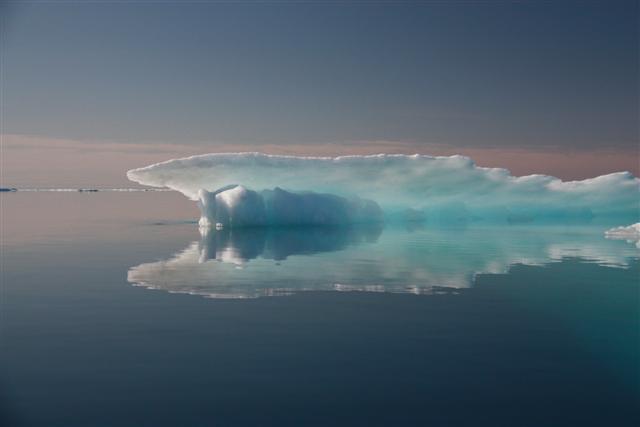WWF’s Arctic conservation director, Martin Sommerkorn, tells a story of his meeting with a Greenlandic fisherman. The fisherman is increasingly finding a new type of fish more common to warmer waters, for which there’s no name in Greenlandic. But it’s big, and it’s a reliable source of food – he wouldn’t mind catching more of them in the future.
Change is inevitable, particularly in the Arctic, which is warming at twice the rate of the world. Managing change doesn’t mean a return to stasis, but ensuring that the resources that Arctic people and wildlife depend upon persist.
But how do you plan for the future when you don’t know exactly what’s coming? One way is to ensure that you have options – that you preserve as wide a swathe of the Arctic’s biodiversity as possible, in the places most resilient to change, and most valuable to people and wildlife. This could look like a network of marine protected areas (MPAs) spanning the Arctic’s seas. Here at the Arctic Circle conference in Reykjavik, some of the world’s experts on Arctic MPAs are talking about what’s needed to make that a reality.
The traditional model of protected areas, of terrestrial parks with clearly defined boundaries, is unlikely to be sufficient in the Arctic. The most biologically productive areas shift over the year, and over the decades, with the sea ice edge. A shipping route may be vital whale habitat in June, and quiet in January.
MPAs in the Arctic must therefore be flexible, but they must also take into account an updated definition of “value”. Economic value of resources is only one measure. The value of a healthy narwhal population, or opportunities for an Arctic community, or carbon storage, is harder to quantify, but just as important. The MPAs should also have options for sustainable development, and should build the capacity of Arctic people to adapt to change.
It’s a novel model, and the MPA network is only in its infancy today. 11% of the Arctic is protected, but very little of that area is marine.
How do we get to an Arctic ring of resilience? Some of the foundational work is already done. The RACER project, developed by WWF, quickly identifies resilient and valuable places. Now it is up to Arctic nations to begin adding to their section of the ‘ring’, based on RACER results and further research as needed.
The Arctic of the future may look different from the one we’re used to, but new approaches to conservation can ensure it remains a living Arctic.
